
Wolves represent the untamed spirit of North America’s wilderness. From the Arctic tundra to southern swamps, their adaptability and resilience are awe-inspiring. They remind us of nature’s delicate balance and the need to protect it. We honor this continent’s rich biodiversity by preserving wolves and their habitats. These iconic species embody the wild, urging us to appreciate and safeguard their presence for future generations.
Gray Wolf – The Classic Canine
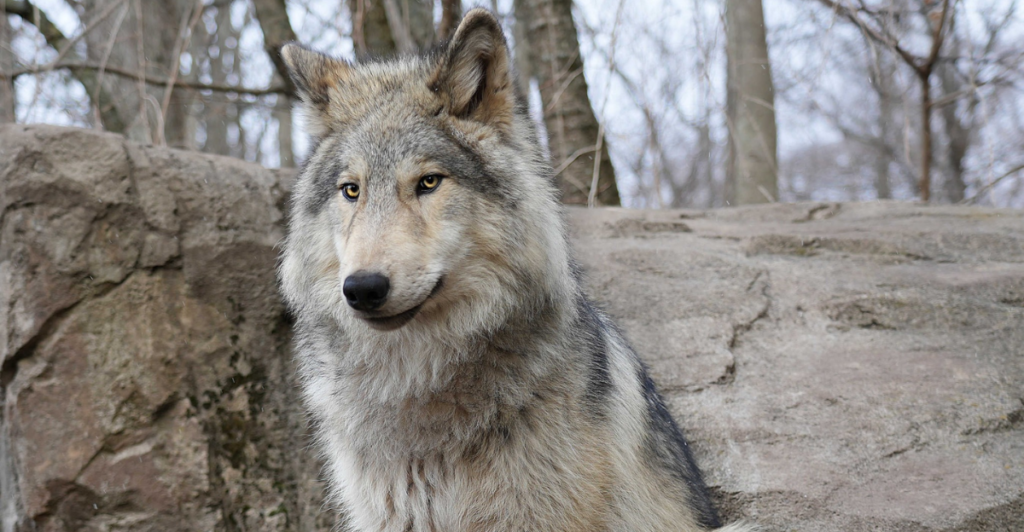
The Gray Wolf (Canis lupus) is North America’s most iconic wolf species. Known for their adaptable nature, these wolves thrive in forests, tundra, and plains. Social animals live in packs and communicate through howls, body language, and scents. Gray Wolves play a crucial role in maintaining balanced ecosystems by controlling prey populations, which benefits plant and animal life. Found in Canada, Alaska, and parts of the U.S., they symbolize wilderness and resilience.
Arctic Wolf – Masters of the Cold
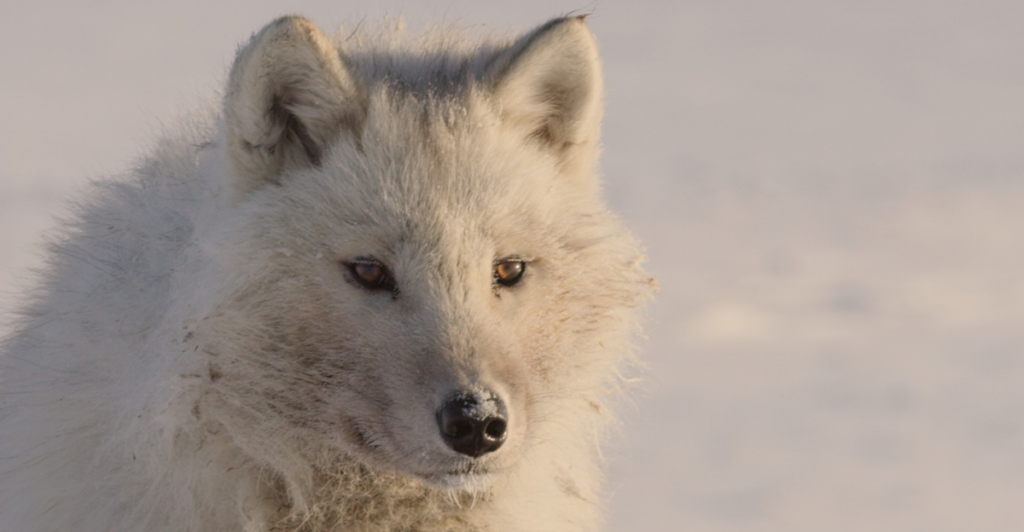
The Arctic Wolf (Canis lupus arctos) is a subspecies of the Gray Wolf that inhabits the Arctic regions of Canada and Greenland. Adapted to frigid temperatures, they have thick, white fur that provides camouflage in snowy landscapes. Arctic Wolves often form more miniature packs due to limited prey than other wolves. They primarily hunt muskoxen and Arctic hares, showcasing remarkable endurance and teamwork in their harsh environment. Their survival skills make them a symbol of resilience.
Eastern Wolf – A Genetic Puzzle
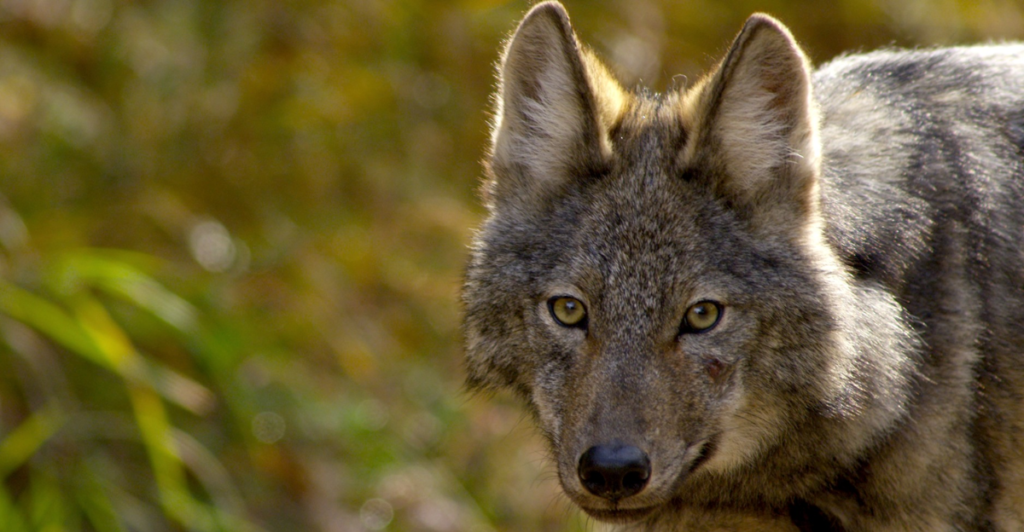
The Eastern Wolf (Canis lycaon), native to southeastern Canada, is smaller than the Gray Wolf and has reddish-brown fur. It’s a unique species often confused with hybrids like coywolves. Eastern Wolves play a critical role in the ecosystems of Algonquin Park and surrounding areas. Their preferred prey include deer and beavers. Efforts to understand their genetic heritage highlight the complexities of wolf evolution and the importance of preserving these enigmatic predators.
Mexican Gray Wolf – The Rare Survivor

The Mexican Gray Wolf (Canis lupus baileyi) is North America’s most endangered wolf subspecies. Native to the southwestern United States and Mexico, it is smaller than its northern relatives and has a distinct grizzled coat. Once nearly extinct, conservation efforts have reintroduced it into the wild. Known as “El Lobo,” these wolves play a vital role in balancing ecosystems in their arid habitats, making their recovery efforts a conservation success story.
Red Wolf – A Southern Spirit
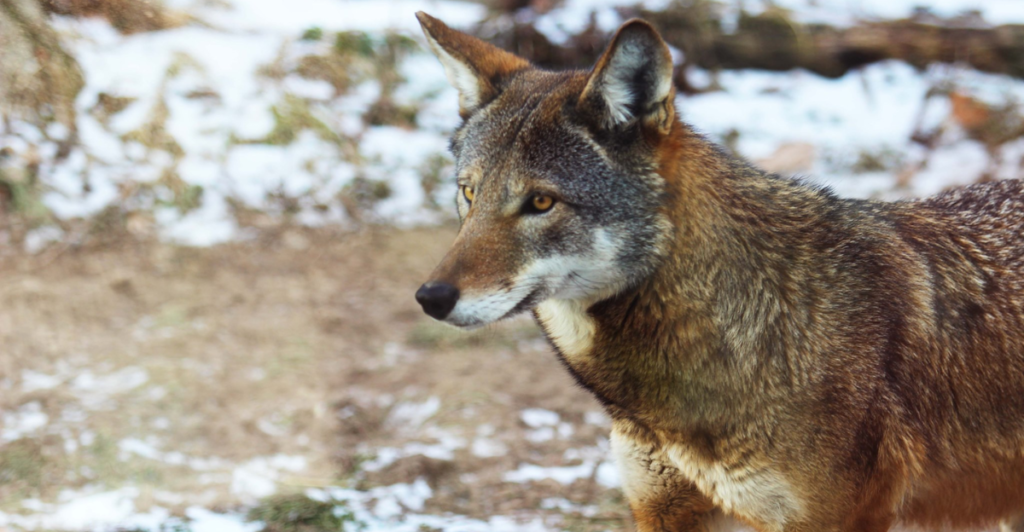
The Red Wolf (Canis rufus), native to the southeastern United States, is one of the world’s rarest wolves. Distinguished by its reddish-brown coat, it was declared extinct in the wild in the 1980s but has been reintroduced through breeding programs. These medium-sized predators prefer wetlands, forests, and grasslands, preying on small mammals and deer. Their survival represents a remarkable effort to preserve a species teetering on the brink of extinction.
Northwestern Wolf – A Powerful Predator

The Northwestern Wolf (Canis lupus occidentalis), the Mackenzie Valley Wolf, is one of the most prominent wolf subspecies. Found in Alaska, western Canada, and parts of the northwestern U.S., it is known for its robust size and strength. These wolves often hunt large prey like moose and caribou, requiring coordinated pack strategies. Their role as apex predators ensures healthy prey populations, maintaining balance in vast northern ecosystems.
Great Plains Wolf – Prairie Hunter
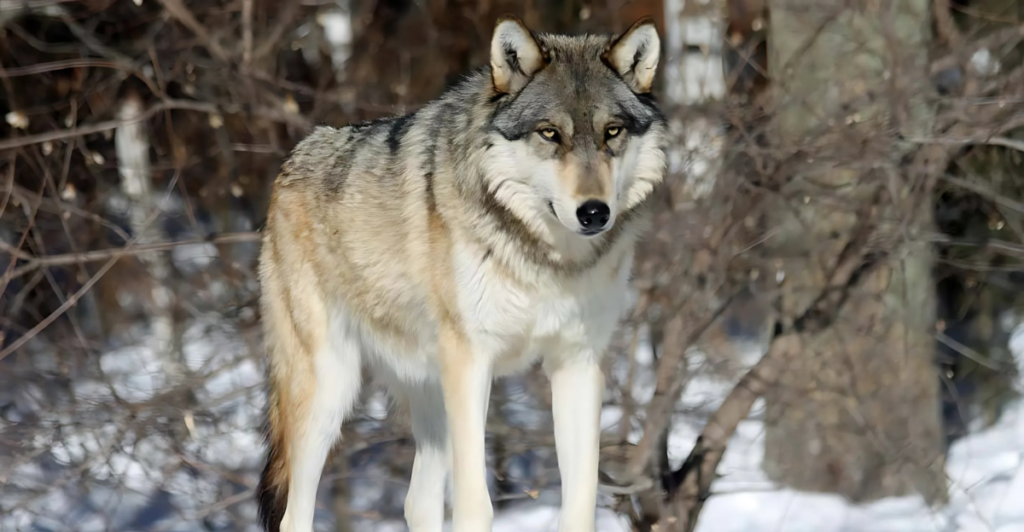
Once widespread across central North America, the Great Plains Wolf (Canis lupus nubilus) has diminished its range due to habitat loss. Smaller than the Northwestern Wolf, it has a varied diet, including bison, elk, and smaller mammals. Historically, it played a vital role in prairie ecosystems, controlling herbivore populations. Conservation efforts have helped stabilize some populations, ensuring these agile predators continue to thrive in grasslands and woodlands.
Wolves and Their Role in Ecosystems
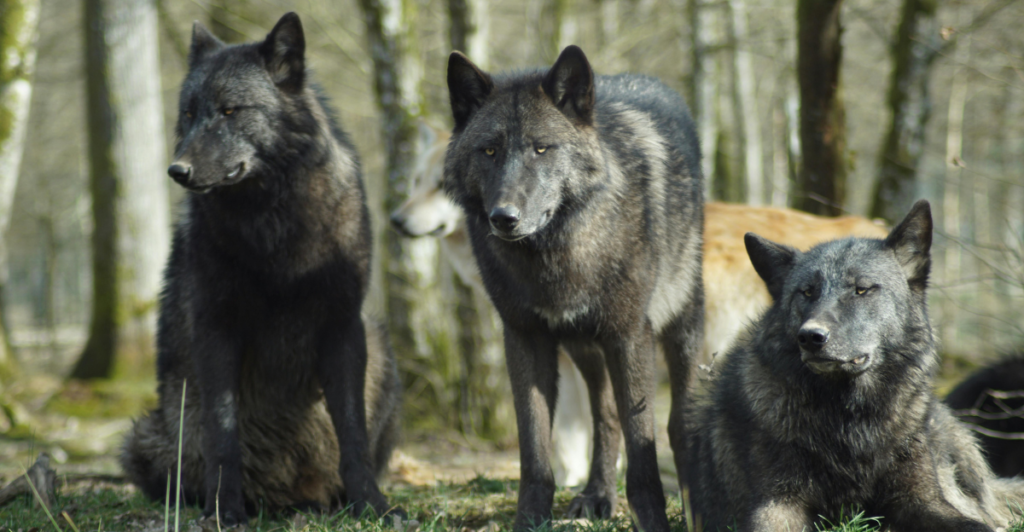
Wolves are keystone species, meaning their presence profoundly affects ecosystems. By preying on herbivores like deer and elk, they prevent overgrazing and promote vegetation growth. This, in turn, supports biodiversity by creating habitats for birds, insects, and other wildlife. Wolves also indirectly influence prey behavior, encouraging them to avoid certain areas, which allows ecosystems to regenerate. Protecting wolves ensures the health and balance of North America’s natural landscapes.
The Art of Communication
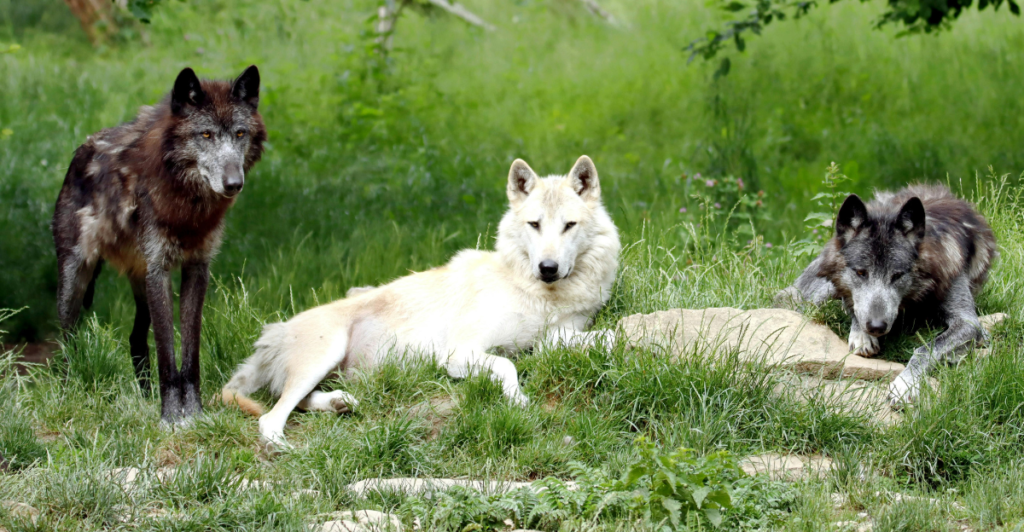
Wolves are highly social animals with sophisticated communication methods. They use howls to gather their pack, mark territory, and warn others. Body language, such as tail positions and facial expressions, conveys emotions and hierarchies within the pack. Scent marking allows wolves to establish boundaries and communicate information about their presence. Understanding these behaviors sheds light on their complex social structures, fostering a deeper appreciation for these intelligent creatures.
Myths and Legends

Wolves have been subjects of myths and legends in cultures across North America. Indigenous stories often portray them as symbols of strength, loyalty, and wisdom. Conversely, European folklore sometimes depicted wolves as dangerous predators. These dual perceptions highlight humans’ fascination with wolves throughout history. Today, efforts to balance conservation with human coexistence aim to shift narratives, emphasizing their ecological importance over outdated fears.
Conservation Challenges
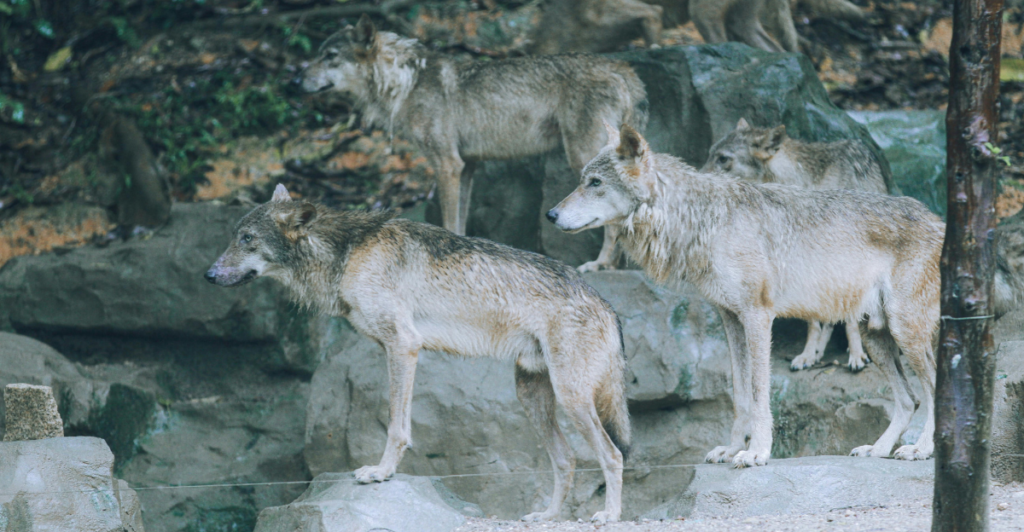
Despite their ecological significance, wolves face threats like habitat loss, hunting, and human-wildlife conflict. Balancing conservation efforts with agricultural and residential interests is a constant challenge. Protected areas, reintroduction programs, and public education campaigns have made strides in preserving wolf populations. By addressing these challenges, North America can ensure that wolves continue to roam its landscapes, benefiting ecosystems and enriching natural heritage.
Fun Wolf Facts
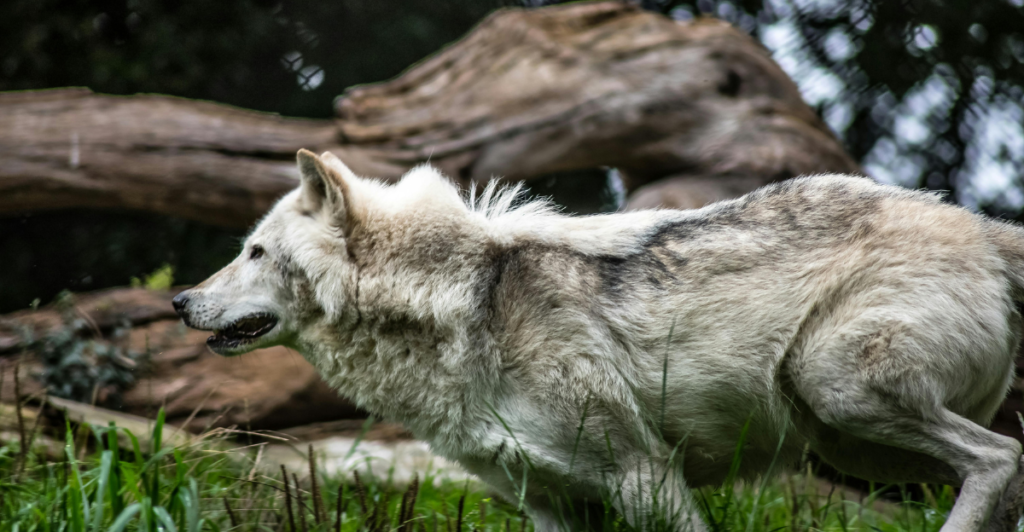
Did you know wolves can run up to 38 miles per hour during a chase? They also have a sense of smell 100 times stronger than humans, aiding hunting and communication. Wolves can travel up to 12 miles a day searching for food, showcasing their incredible stamina. Each pack has a unique howl, allowing members to recognize one another. These fascinating traits make wolves truly extraordinary predators.
Stay connected with us for more stories like this! Follow us to get the latest updates or hit the Follow button at the top of this article, and let us know what you think by leaving your feedback below. We’d love to hear from you!







